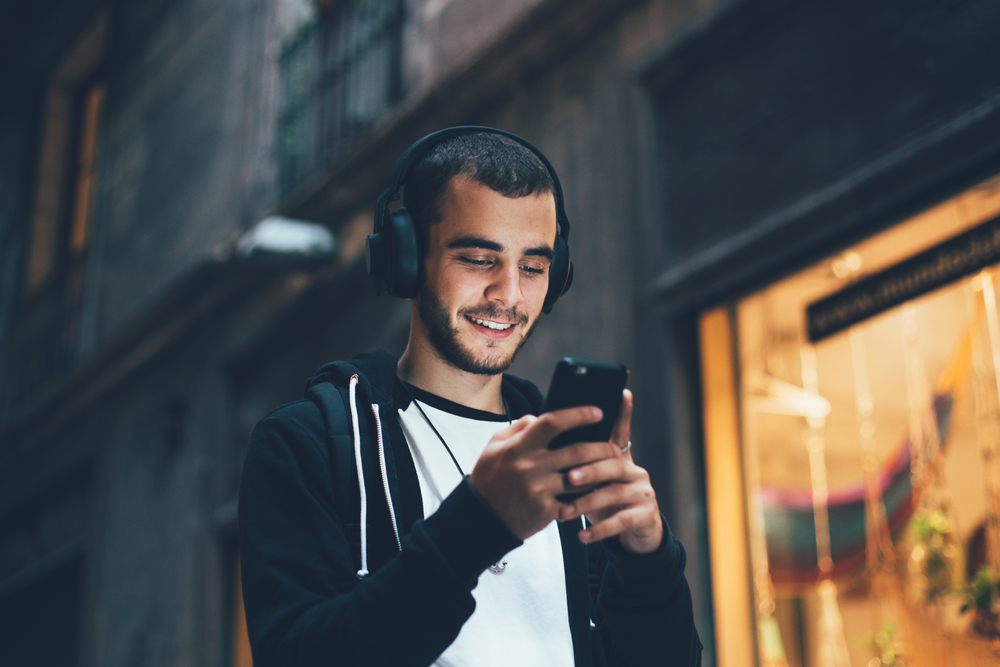
Say hello to James, an avid music lover who perfectly incorporates Spotify into his work routine, switches to Pandora during his workouts, and curates playlists for every occasion imaginable, from cardio sessions to cooking and even gaming. His headphones are his continual partners, converting his life into a fully soundtracked experience. James takes comfort and joy in the captivating world of music, but the very source of his happiness might be damaging his cherished ability to hear without him realizing it.
Concerning our ears, there are both safe and harmful ways to enjoy music. Sadly, many of us tend to incline towards the latter.
What is the relationship between extended exposure to music and hearing damage?
Extended exposure to loud music can lead to a decline in your auditory ability. Hearing loss is typically connected to getting older, but recent studies suggest that it is mostly caused by damage from exposure to loud noises instead of being a normal part of aging.
Younger people are more prone to noise-induced damage as their ears are still in the developmental phase. And yet, young adults are more likely to be dismissive of the lasting perils of high volume. An increasing number of young people are experiencing hearing loss due to frequent use of loud headphones.
Is it possible to enjoy music safely?
Listening to music at full blast with no limits is the most dangerous approach. But there is a safe(er) way to enjoy your tunes, and it typically involves turning the volume down. The general guidelines for safe volumes are:
- For Adults: No more than 40 hours of listening on a device, and keep the volume lower than 80 dB.
- For Teens and Minors: You can still listen for 40 hours, but keep the volume level below 75 dB.
Breaking it down, you’re dealing with approximately 5 hours and 40 minutes of listening each day. That seems like a lot, but it can go by rather quickly. In spite of this, the majority of people have a well-developed awareness of time management, a skill that is generally mastered during early childhood.
The harder part is keeping track of your volume. On the majority of smart devices, computers, and televisions, volume is not computed in decibels. It’s assessed on some arbitrary scale. The range could be as broad as 1 to 100, or it could be as narrow as 1 to 16. You might not have any clue what the max volume on your device is, or how close to the max you are.
How to effectively track your music volume
Several free noise monitoring apps can be downloaded for both iPhone and Android devices to address this problem. These apps supply instant feedback on ambient noise levels, allowing users to adjust their listening volume to safe levels.
For this reason, many audiologists suggest utilizing one of the numerous noise level monitoring applications available at no cost. These widely accessible apps, compatible with both iOS and Android platforms, supply instant sound-level feedback on the ambient noise around you. That way, you can monitor the dB level of your music in real time and make adjustments.
Comparing relative volumes: from garbage disposals to dishwasher
For example, a volume level of 80 decibels is comparable to the sound produced by a common garbage disposal or dishwasher – you can hear them, but they won’t blow your ears out. Identifying this benchmark is essential, as it represents the threshold beyond which auditory damage becomes a tangible danger.
So, being extra cautious when surpassing this decibel threshold is essential. Think about reducing exposure to excessively loud music by enjoying select tracks at full volume rather than indulging in complete albums.
Recurring exposure to increased volume levels can result in hearing problems such as tinnitus and eventual hearing loss. By remaining aware of when our ears move into the danger zone, we empower ourselves to make educated choices, with the paramount goal of promoting safer listening practices.
Make an appointment for a hearing assessment
For better prioritization of your hearing health, it is recommended to consult a hearing professional to book a thorough hearing test. Practical measures like regular screenings can identify any possible problems early on, allowing for timely interventions and personalized recommendations to protect your precious sense of hearing.